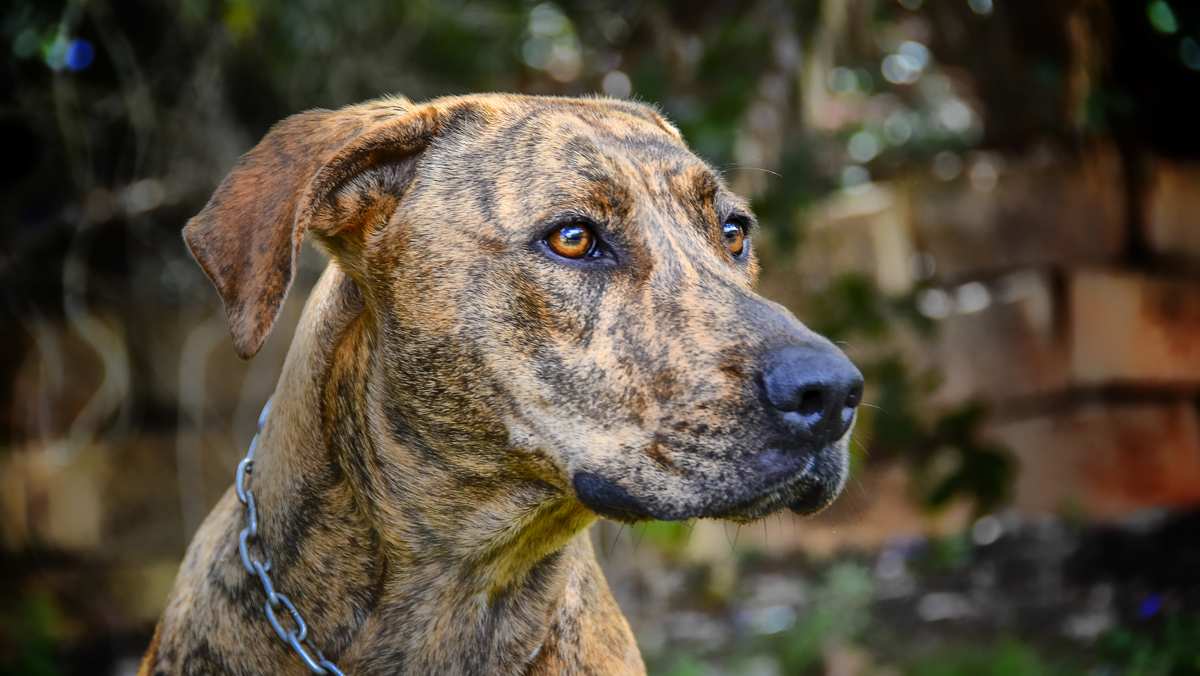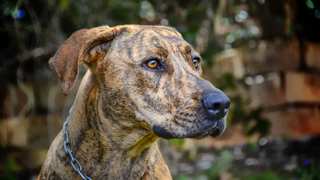The Plott Hound is, as its name suggests, a member of the Hound group in most clubs. These relatively rare hunting dogs were created in the U.S. state of North Carolina to hunt large game--and while Plotts can be decent family pets, they'll need a lot of socialization and training to avoid dominance and possible aggression.
A few North Carolina Plott Hound facts: they're medium-sized, averaging 22 inches at the shoulders in height and 50 pounds in weight; they have short-haired, thick, double-layered coats that don't shed a great deal; and as hunting dogs they have high prey drives, which means they'll instinctively chase other animals.
Some advantages and drawbacks to owning this bold breed:
Athletic and energetic
Intelligent and resourceful
Sheds little compared to other double-coated breeds
Good work ethic
Excellent health
Usually easy to train
Great watchdog abilities
Strong pack mentality; great with other dogs
Low barking tendencies
Friendly and affectionate with family members
Easy to groom
Can be dominant and even aggressive; lots of training and socialization a must
High exercise requirements
Not suited to apartment living
Possibly prone to separation anxiety
Not good for first-time owners
High tendency to wander or run off; yards must be securely fenced
Suspicious of and aggressive towards unknown people and animals
Rare, and thus expensive to purchase
Purebred
12 - 14 yrs.
20 - 25 in.
40 - 75 lbs
OverallFamily FriendlyChild FriendlyPet FriendlyStranger Friendly
Easy to GroomEnergy LevelExercise NeedsHealthShedding Amount
Barks / HowlsEasy to TrainGuard DogPlayfulnessWatch Dog
Apartment DogCan be AloneGood for Busy OwnersGood for New OwnersIntelligence

